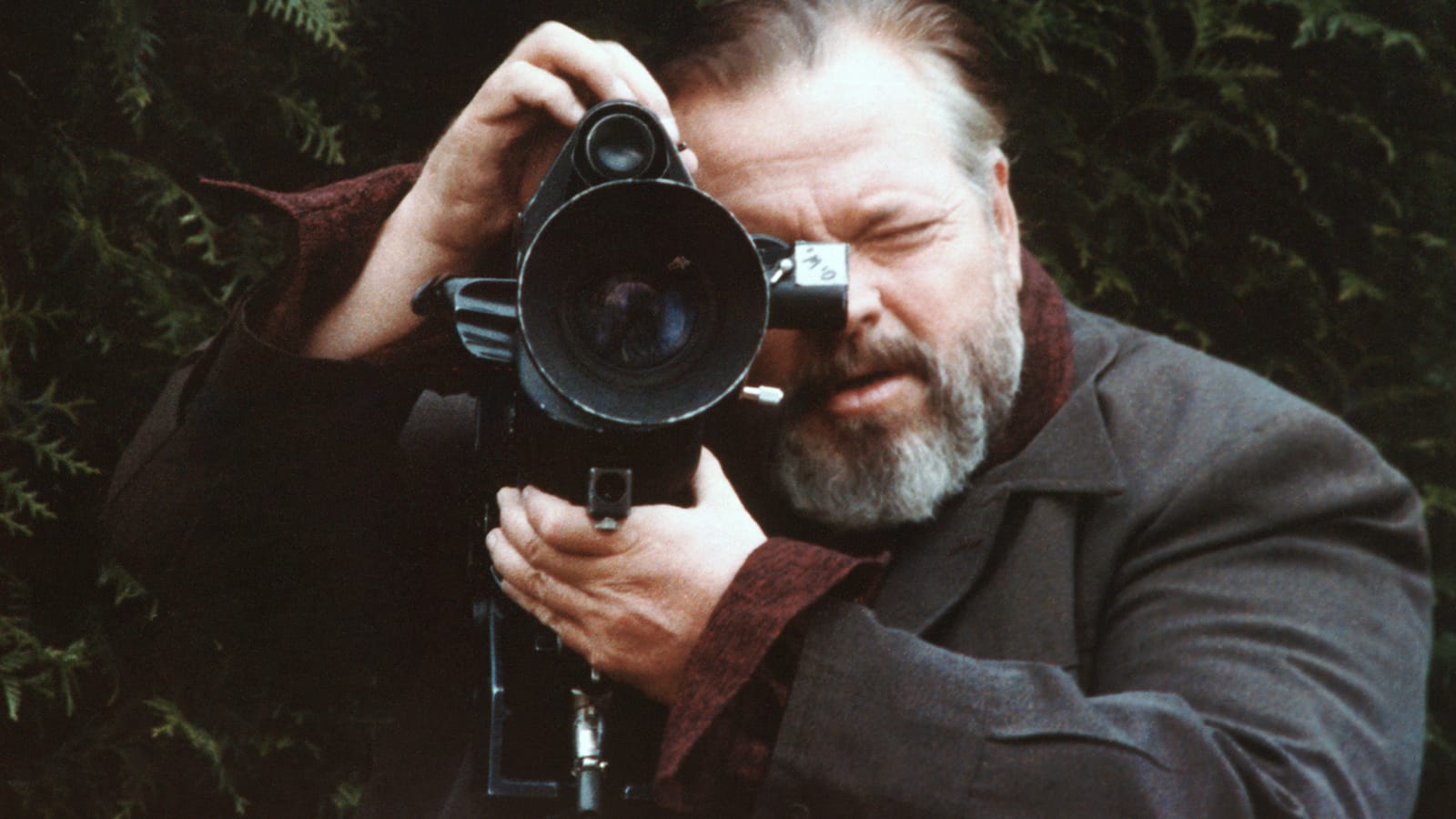
Orson Welles was born into an artistic, yet broken home, jumping from parent to parent and traveling from continent to continent, eventually forming a reputation as an eccentric, trailblazing creative. This reputation landed him a deal in Hollywood, which he would use to create arguably cinema’s first masterpiece and launch one of the greatest career’s in cinema history.
Citizen Kane (1941) is that masterpiece. It establishes all the grand ideas Welles would explore throughout his career and explores them to their fullest. Ostensibly about imitating the life of William Randolph Hearst, Kane is really an extraordinary exhibition of man’s conflict with time and humanity’s unquenchable search for wholeness. Charles Kane builds the most extravagant collection of things in history with Xanadu, the “world’s largest private pleasure ground” containing “the loot of the world,” to fill the hole in his life and escape his own mortality, but ultimately succumbs to the great equalizer, never finding the thing that would end his anguish. On the surface, that thing is a stable childhood, possibly alluding to Welles’ own troubled youth, but Kane’s nostalgia on his deathbed presents that thing as humanity’s base desire to conquer time and transcend our own existence. Kane builds Xanadu to try to become whole by collecting everything in the world, but he dies acknowledging that he can’t obtain the only thing he wants: the past.
The Magnificent Ambersons (1942) expands on time being the ultimate enemy, only this time, Welles is the omniscient narrator of the story instead of the center of it. Despite its infamous studio butchering, Ambersons is still Welles’ second best film, in my opinion, focusing on the young, ignorant Eugene Morgan witnessing the effects of time. He exists in the murky transitional period between pre-and post-industrial society, desperately wishing to freeze time and avoid the responsibilities that come with adulthood as well as the horrors of modern society. Eugene wants to live without drive and simply exist in the present moment, but the passage of time makes that impossible.
The Stranger (1946) is the first of Welles’ post-war films and makes time a physical presence: the bell tower, with its incessant clanging serves as a constant reminder of time’s looming presence. The Lady From Shanghai (1947) is a peak of film noir, applying feelings of post-war apocalypse and morally corrupt desperation to all of human interaction, painting capitalist society as “sharks,” eating each other in their frenzy of self-interest. The Third Man (1949), though not a Welles-directed film, is firmly in his canon, elaborating on his themes of post-war moral corruption, loss of humanity, and the evil that grows from desperation. Touch of Evil (1958) and his final film, F For Fake (1973), are explorations of Welles’ own life and art, the latter being the most explicit instance of this.
Welles was obsessed with human motivation, and each of his films displayed the futility of our obsessions in the face of the eternal hourglass of time. A man of ideas who gave both style and substance in his films, Orson Welles cemented himself over thirty years as perhaps the greatest filmmaker ever.
